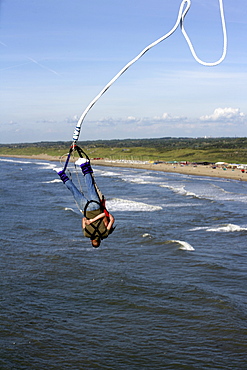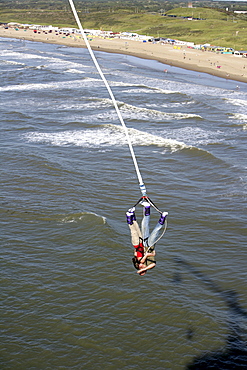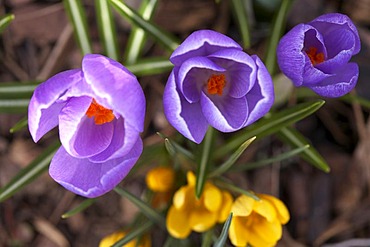Results
4 results found
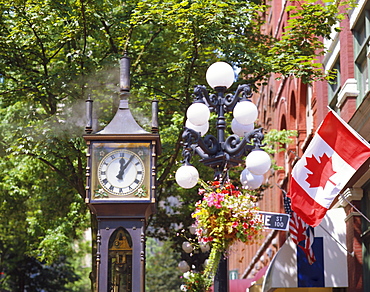
Gastown Steam Clock, the world's first steam powered clock built by Raymond Saunders, Gastown, Vancouver, British Columbia, Canada
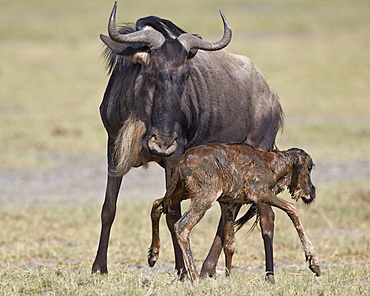
Just-born blue wildebeest (brindled gnu) (Connochaetes taurinus) standing for the first time, Serengeti National Park, Tanzania, East Africa, Africa
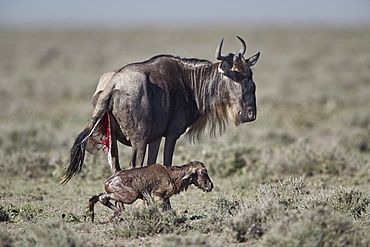
Blue wildebeest (Connochaetes taurinus) newborn calf trying to stand for the first time, Ngorongoro Conservation Area, Tanzania, East Africa, Africa

Time-lapsed view of traffic crossing the First (Old) Severn Bridge, Avon, England, United Kingdom, Europe
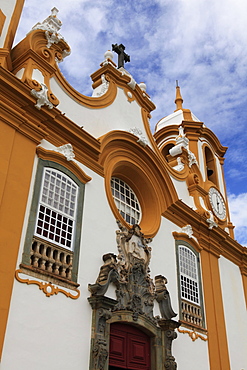
Sao Antonio church, originally a wooden chapel built in 1702, the time of the first explorers, its present facade dates from 1810 and is by Aleijadinho, Tiradentes, Minas Gerais, Brazil, South America

Algeria, Sahara, Hoggar, Tamanrasset, River Flooding After Heavy Rains First Time After 8 Years Drought

A protest camp against fracking at a farm site at Little Plumpton near Blackpool, Lancashire, UK, where the council for the first time in the UK, has granted planning permission for commercial fracking fro shale gas, by Cuadrilla.

A protest banner against fracking at a farm site at Little Plumpton near Blackpool, Lancashire, UK, where the council for the first time in the UK, has granted planning permission for commercial fracking fro shale gas, by Cuadrilla.

Tanzanian villagers washing their hands after installing water system for their village. This is a project of caritas tanzania financed by caritas australia, and will bring safe drinking water to the region for the first time. Previously people would have to collect, often unsafe, drinking water from distant streams and carry it in buckets on their heads. Kighare, same, in the north-east near kilimanjaro

Loggerhead turtle hatchlings (Caretta caretta) heading towards the ocean for the first time, Praia do Forte, Bahia, Brazil, South America
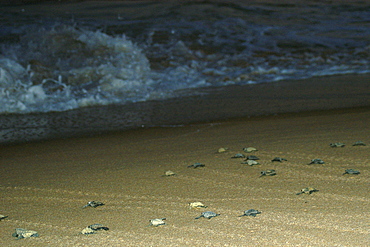
Loggerhead turtle hatchlings (Caretta caretta) heading towards the ocean for the first time, Praia do Forte, Bahia, Brazil, South America

Olive ridley turtle hatchlings (Lepidochelys olivacea) heading towards the ocean for the first time, Costa do Sauipe, Bahia, Brazil, South America

The most recognisable and first skyscraper to be erected in Canary Wharf, 1 Canada Place is also the tallest building in the UK. Completed in 1991, it was designed by Cesar Pelli & Associates, Adamson Associates, and Frederick Gibberd Coombes & Partners. London, England, UK
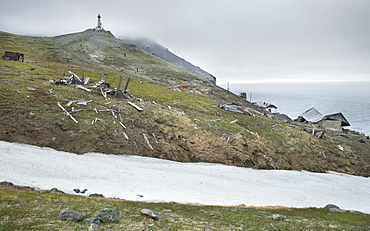
Semyon Dezhnev settlement, abandoned and ruined, Cape Dezhnev (Chukotskiy Peninsular ) Russia, Asia. MORE INFO: cape that forms the easternmost mainland point of Eurasia. In 1898 it was officially renamed Cape Dezhnev, replacing Captain James Cook's 'East Cape', in honor of Semyon Dezhnyov, the first recorded European to round it (1648). There is a large monument to Dezhnev on the coast.
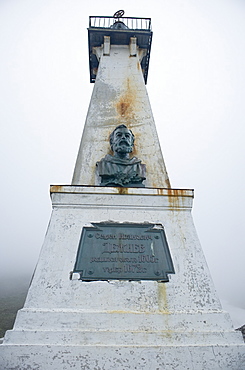
Semyon Dezhnev settlement, abandoned and ruined, Cape Dezhnev (Chukotskiy Peninsular ) Russia, Asia. MORE INFO: cape that forms the easternmost mainland point of Eurasia. In 1898 it was officially renamed Cape Dezhnev, replacing Captain James Cook's 'East Cape', in honor of Semyon Dezhnyov, the first recorded European to round it (1648). There is a large monument to Dezhnev on the coast.
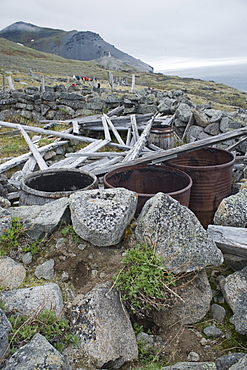
Semyon Dezhnev settlement, abandoned and ruined, Cape Dezhnev (Chukotskiy Peninsular ) Russia, Asia. MORE INFO: cape that forms the easternmost mainland point of Eurasia. In 1898 it was officially renamed Cape Dezhnev, replacing Captain James Cook's 'East Cape', in honor of Semyon Dezhnyov, the first recorded European to round it (1648). There is a large monument to Dezhnev on the coast.
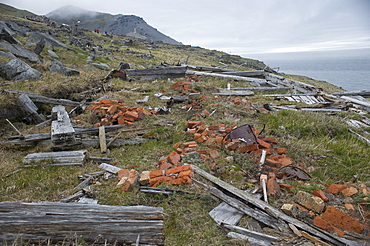
Semyon Dezhnev settlement, abandoned and ruined, Cape Dezhnev (Chukotskiy Peninsular ) Russia, Asia. MORE INFO: cape that forms the easternmost mainland point of Eurasia. In 1898 it was officially renamed Cape Dezhnev, replacing Captain James Cook's 'East Cape', in honor of Semyon Dezhnyov, the first recorded European to round it (1648). There is a large monument to Dezhnev on the coast.

Semyon Dezhnev settlement, abandoned and ruined, Cape Dezhnev (Chukotskiy Peninsular ) Russia, Asia. MORE INFO: cape that forms the easternmost mainland point of Eurasia. In 1898 it was officially renamed Cape Dezhnev, replacing Captain James Cook's 'East Cape', in honor of Semyon Dezhnyov, the first recorded European to round it (1648). There is a large monument to Dezhnev on the coast.

Breadboard model of the rocket Vostok-1 on which Jury Gagarin departed to space for the first time, VVTs or VDNKh, All Russian Exhibition Centre, Moscow, Russia
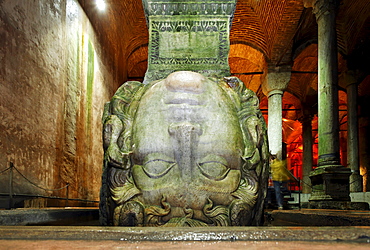
Monumental head of a medusa, upside down, Yerebatan Sarayi, Byzantine cistern, Sultanahmet, Istanbul, Turkey

Memorial Guenter Litfin for the first person shot dead at the Berlin Wall, Kieler Strasse street at the Berlin-Spandau Schifffahrtskanal channel, Berlin, Germany, Europe
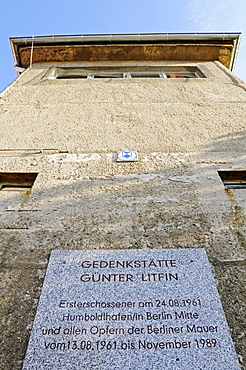
Memorial Guenter Litfin for the first person shot dead at the Berlin Wall, Kieler Strasse street at the Berlin-Spandau Schifffahrtskanal channel, Berlin, Germany, Europe

Memorial Guenter Litfin for the first person shot dead at the Berlin Wall, Kieler Strasse street at the Berlin-Spandau Schifffahrtskanal channel, Berlin, Germany, Europe
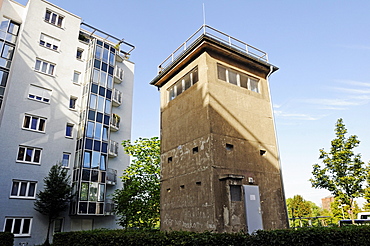
Memorial Guenter Litfin for the first person shot dead at the Berlin Wall, Kieler Strasse street at the Berlin-Spandau Schifffahrtskanal channel, Berlin, Germany, Europe

Memorial Guenter Litfin for the first person shot dead at the Berlin Wall, Kieler Strasse street at the Berlin-Spandau Schifffahrtskanal channel, Berlin, Germany, Europe

Cranger Kirmes fair, the biggest fair in the Ruhr area, at the Rhine-Herne Canal, Herne, North Rhine-Westphalia, Germany, Europe

Queen Elizabeth II attending Wimbledon for the first time in 33 years, Wimbledon Championships 2010, Wimbledon, United Kingdom, Europe

Queen Elizabeth II attending Wimbledon for the first time in 33 years, Wimbledon Championships 2010, Wimbledon, United Kingdom, Europe
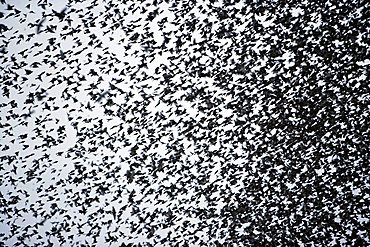
About 4 Mio. bramblings overwinter in a little narrow valley in winter 2008/2009, the first time ever for so many of the finches to overwinter there, Eastern Styria, Austria, Europe
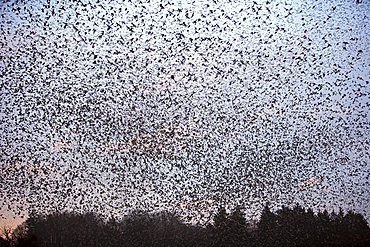
About 4 Mio. bramblings overwinter in a little narrow valley in winter 2008/2009, the first time ever for so many of the finches to overwinter there, Eastern Styria, Austria, Europe
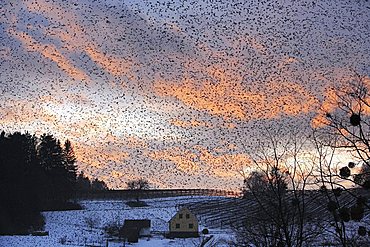
About 4 Mio. bramblings overwinter in a little narrow valley in winter 2008/2009, the first time ever for so many of the finches to overwinter there, Eastern Styria, Austria, Europe
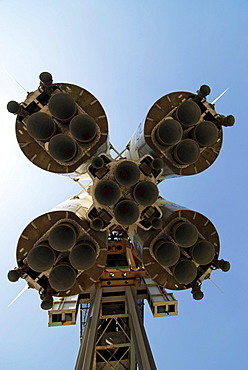
Breadboard model of the rocket Vostok-1 on which Jury Gagarin departed to space for the first time, Moscow, Russia

Breadboard model of the rocket Vostok-1 on which Jury Gagarin departed to space for the first time, Moscow, Russia
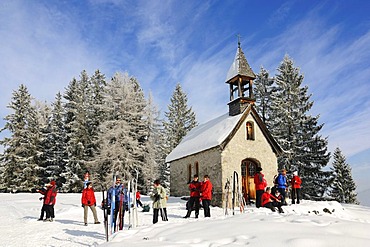
Hikers at St. Anne's Chapel on Germany's first premium winter hiking track, Hemmersuppenalm, Reit im Winkl, Bavaria, Germany, Europe

Cranger Kirmes fair, the biggest fair in the Ruhr area, at the Rhine-Herne Canal, Herne, North Rhine-Westphalia, Germany, Europe

Breadboard model of the rocket Vostok-1 on which Jury Gagarin departed to space for the first time, Moscow, Russia

Cranger Kirmes fair, the biggest fair in the Ruhr area, at the Rhine-Herne Canal, Herne, North Rhine-Westphalia, Germany, Europe
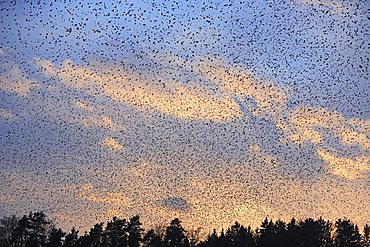
About 4 Mio. bramblings overwinter in a little narrow valley in winter 2008/2009, the first time ever for so many of the finches to overwinter there, Eastern Styria, Austria, Europe

Mina Liasa, 24, flew 190 miles to deliver her second child. Here she sees the baby for the first time. Leanne Tyler, an outpost nursing student helps. Baby boy is named Jerry.
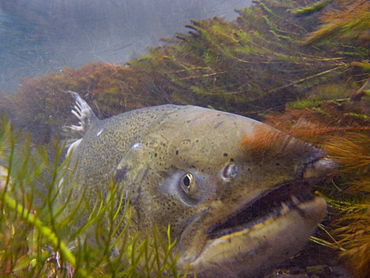
November 7, 2008 Mt Shasta CA A spawned-out Chinook salmon watches over her redd in the Shasta River where it runs through Big Springs Ranch about 2 miles north of the town of Mt Shasta. The ranch, which is contributing to degraded habitat conditions, which actually warm water tempt by upwards of 10 degrees as the river passes through the ranch and then spills into the Klameth, is currently under contract for purchase by TNC, therefor TNC and partner organizations have been allowed to research this stretch of river for the first time. They have discovered that is it a very fertile juvenile rearing area and that there are a surprising number of returning salmon in spite of habitat degraded by grazing cattle (often in the river) and irrigation practices. If this purchase is successful, TNC has the chance to improve a large stretch of habitat and quickly improve conditions that will effect numbers of returning fish and habitat in the Shasta and Klameth Rivers. In California, The Nature Conservancy is focusing its efforts on protecting the Shasta River and its tributaries, which create one of the most important spawning nurseries for Chinook salmon in the entire Klamath Basin, United States of America
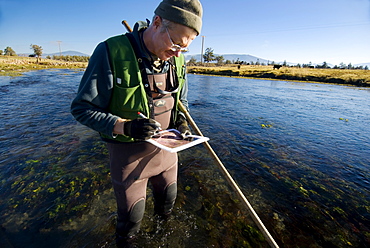
Mt Shasta CA, Big Spring Ranch Bill Chesney from the CA Dept of Fish & Game counting redds in a stretch of river that is heavily grazed by cattle who have full access to the river and often drink and eat in it. Mt Shasta in the background. The Shasta River runs through Big Springs Ranch about 20 miles north of the town of Mt Shasta. The ranch, which is contributing to degraded habitat conditions, and actually warming water temps by upwards of 10 degrees as the river passes through the ranch and then spills into the Klameth, is currently under contract for purchase by TNC. Since the contract began, TNC and partner organizations have been allowed to research this stretch of river for the first time. They have discovered that is it a very fertile juvenile rearing area and that there are a surprising number of returning salmon in spite of habitat degradation by grazing cattle (often in the river) and irrigation practices. If this purchase is successful, TNC has the chance to improve a large stretch of habitat and quickly improve conditions that will effect numbers of returning fish and habitat in the Shasta and Klameth Rivers. The Shasta River and its tributaries create one of the most important spawning nurseries for Chinook salmon in the entire Klamath Basin, United States of America
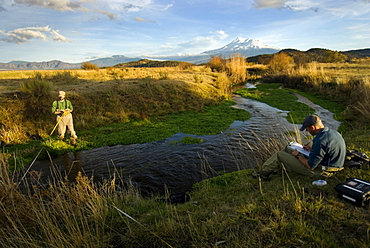
November 12, 2008 Mt Shasta CA, Big Springs ranch Carson Jeffres (rt) Staff Research Associate for UC Davis Center for watershed Sciences, and Andrew Nichols, Jr Specialist (UC Davis Center for watershed Sciences,) conducting research in the Shasta River where it runs through Big Springs Ranch about 20 miles north of the town of Mt Shasta. The ranch, which is contributing to degraded habitat conditions that warm water temps by upwards of 10 degrees as the river passes through the ranch and then spills into the Klameth, is currently under contract for purchase by TNC, therefor TNC and partner organizations have been allowed to research this stretch of river for the first time. They have discovered that is it a very fertile juvenile rearing area and that there are a surprising number of returning salmon in spite of habitat degrated by grazing cattle (often in the river) and irrigation practices. If this purchase is sucessful, TNC has the chance to improve a large stretch of habitiat and qucikly improve conditions that will effect numbers of returning fish and habitiat in the Shasta and Klameth Rivers. The Shasta River and its tributaries create one of the most important spawning nurseries for Chinook salmon in the entire Klamath Basin, United States of America

November 7, 2008 Mt Shasta CA A spawned-out Chinook salmon watches over her redd in the Shasta River where it runs through Big Springs Ranch about 2 miles north of the town of Mt Shasta. The ranch, which is contributing to degraded habitat conditions, which actually warm water tempt by upwards of 10 degrees as the river passes through the ranch and then spills into the Klameth, is currently under contract for purchase by TNC, therefor TNC and partner organizations have been allowed to research this stretch of river for the first time. They have discovered that is it a very fertile juvenile rearing area and that there are a surprising number of returning salmon in spite of habitat degraded by grazing cattle (often in the river) and irrigation practices. If this purchase is successful, TNC has the chance to improve a large stretch of habitat and quickly improve conditions that will effect numbers of returning fish and habitat in the Shasta and Klameth Rivers. In California, The Nature Conservancy is focusing its efforts on protecting the Shasta River and its tributaries, which create one of the most important spawning nurseries for Chinook salmon in the entire Klamath Basin, United States of America
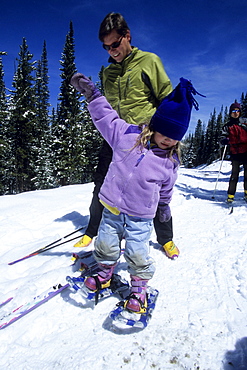
A father, Brad Piehl, watches while his daughter, Jenna, snowshoes for the first time, on the snow covered Boreas Pass Road, a popular winter recreation trail for cross country skiers and snowshoers. The road becomes a trail, and is part of the Rails to Trails system. It follows an old railroad grade southeast over the mountains to the town of Como.

Old Millstone From The Time Of Christ That Was Uncovered In Capernaum On The North Shore Of The Sea Of Galilee, This Grinding Wheel Which Could Work Even Today, Capernaum, Israel

Canada, Alberta, Lethbridge, Northern Flicker, Colaptes auratus, fledged chick with catchlight in eye about to leave nest in old gnarled Elm tree for the first time.

Sao Antonio church, originally a wooden chapel built in 1702, the time of the first explorers, its present facade dates from 1810 and is by Aleijadinhol Aos, Tiradentes, Minas Gerais, Brazil, South America
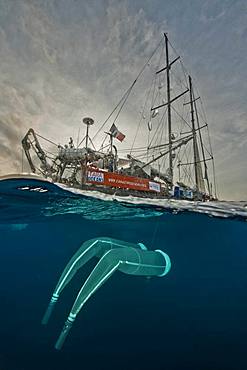
Tara Oceans Expeditions - May 2011. Tara with deployed plancton nets. On "station", the boat is drifting without engine or sails. Tara Oceans, a unique expedition: Tara Oceans is the very first attempt to make a global study of marine plankton, a form of sea life that includes organisms as small as viruses and bacterias, and as big as medusas. Our goal is to better understand planktonic ecosystems by exploring the countless species, learning about interactions among them and with their environment. Marine plankton is the only ecosystem that is almost continuous over the surface of the Earth. Studying plankton is like taking the pulse of our planet. Recently, scientists have discovered the great importance of plankton for the climate: populations of plankton are affected very rapidly by variations in climate. But in turn they can influence the climate by modifying the absorption of carbon. In a context of rapid physico-chemical changes, for example the acidification observed today in the world's oceans, it is urgent to understand and predict the evolution of these particular ecosystems. Finally, plankton is an astonishing way of going back in time ? a prime source of fossils. Over the eons, plankton has created several hundred meters of sediment on the ocean floors. This allows us to go back in time, to the first oceans on Earth, and better understand the history of our biosphere. More than 12 fields of research are involved in the project, which will bring together an international team of oceanographers, ecologists, biologists, geneticists, and physicists from prestigious laboratories headed by Eric Karsenti of the European Molecular Biology Laboratory. Galapagos
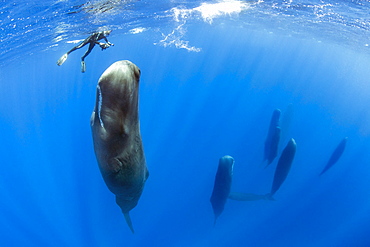
Snorkeler photographing a pod of Sleeping sperm whale (Physeter macrocephalus) Researchers first saw this unusual sleep behavior in sperm whales in 2008. The scientists in that study found that sperm whales dozed in this upright drifting posture for about 10 to 15 minutes at a time, Vulnerable (IUCN). The sperm whale is the largest of the toothed whales. Sperm whales are known to dive as deep as 1,000 meters in search of squid to eat. Dominica, Caribbean Sea, Atlantic Ocean. Photo taken under permit n°RP 16-02/32 FIS-5.
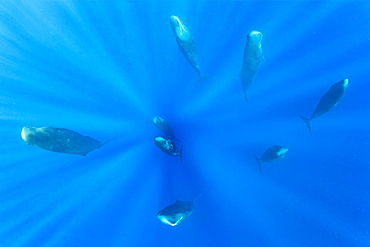
Pod of Sleeping sperm whale (Physeter macrocephalus) Researchers first saw this unusual sleep behavior in sperm whales in 2008. The scientists in that study found that sperm whales dozed in this upright drifting posture for about 10 to 15 minutes at a time, Vulnerable (IUCN). The sperm whale is the largest of the toothed whales. Sperm whales are known to dive as deep as 1,000 meters in search of squid to eat. Dominica, Caribbean Sea, Atlantic Ocean. Photo taken under permit n°RP 16-02/32 FIS-5.
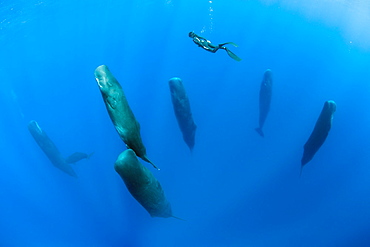
Free diver is swimming over a pod of Sleeping sperm whale (Physeter macrocephalus) Researchers first saw this unusual sleep behavior in sperm whales in 2008. The scientists in that study found that sperm whales dozed in this upright drifting posture for about 10 to 15 minutes at a time, Vulnerable (IUCN). The sperm whale is the largest of the toothed whales. Sperm whales are known to dive as deep as 1,000 meters in search of squid to eat. Dominica, Caribbean Sea, Atlantic Ocean. Photo taken under permit n°RP 16-02/32 FIS-5.
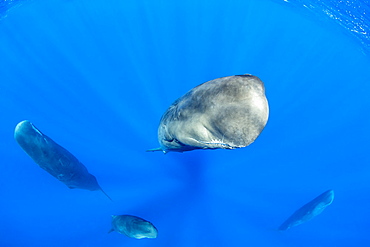
Pod of sperm whale relaxing after a short sleep (Physeter macrocephalus) Researchers first saw this unusual sleep behavior in sperm whales in 2008. The scientists in that study found that sperm whales dozed in this upright drifting posture for about 10 to 15 minutes at a time, Vulnerable (IUCN). The sperm whale is the largest of the toothed whales. Sperm whales are known to dive as deep as 1,000 meters in search of squid to eat. Dominica, Caribbean Sea, Atlantic Ocean. Photo taken under permit n°RP 16-02/32 FIS-5.
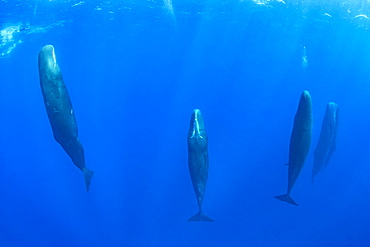
Pod of Sleeping sperm whale (Physeter macrocephalus) Researchers first saw this unusual sleep behavior in sperm whales in 2008. The scientists in that study found that sperm whales dozed in this upright drifting posture for about 10 to 15 minutes at a time, Vulnerable (IUCN). The sperm whale is the largest of the toothed whales. Sperm whales are known to dive as deep as 1,000 meters in search of squid to eat. Dominica, Caribbean Sea, Atlantic Ocean. Photo taken under permit n°RP 16-02/32 FIS-5.

